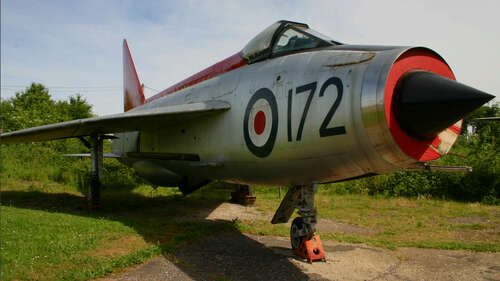
During the Cold War, the British, like so many other nations around the world, sensed danger brewing and responded as humanity so inevitably will — with increasingly potent weapons and military vehicles. The Avro Vulcan strategic bomber was one result of this work. Mighty as it was, the Vulcan and other British bombers were sure to be primary targets for any potential enemy that may emerge. The best defense is a good offense, they say, and so fighters/interceptors were developed that could deter any assault on the bases they called home.
This line of thinking led to the English Electric Lightning, but the aircraft took some considerable time to come to fruition. Early in 1949, English Electric recognized the potential of the concept for the aircraft, which had been devised by one W.E.W. Petter, known as Teddy. There was hope that it could achieve a top speed even higher than originally envisaged, and a lofty Mach 2 became the target to hit.
August 1954 marked the aircraft’s first flight, but it wasn’t until the turn of the following decade that it officially joined two squadrons of the Royal Air Force. When it did, it proved to be an impressive asset indeed, capable not only of remarkable speeds but of other spectacular mid-air feats too.

